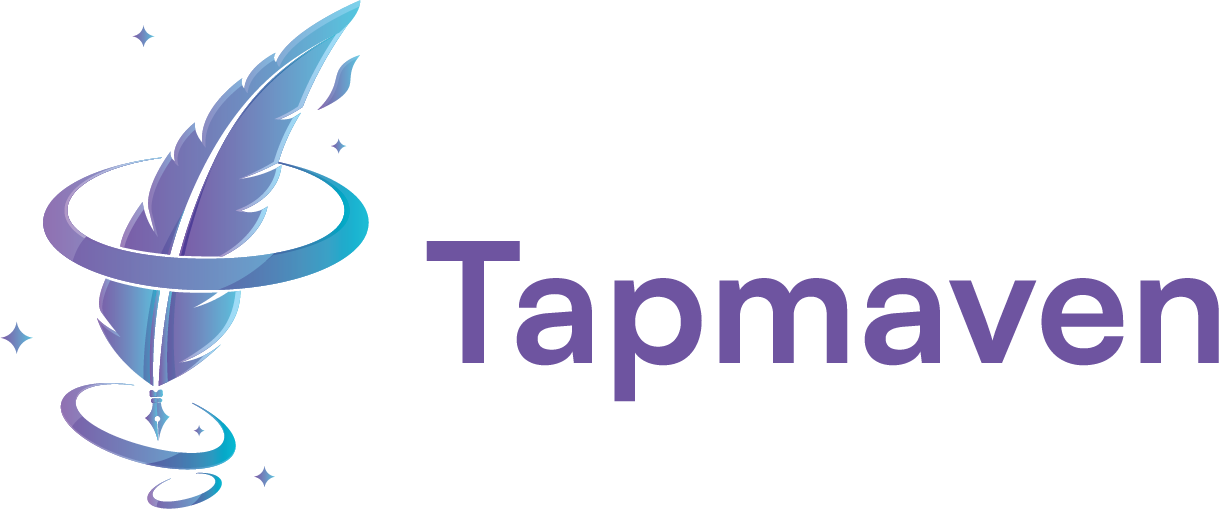Image Credit: rawpixel.com
In today’s digital landscape, building powerful and dynamic websites is essential for businesses to thrive. Angular, a popular JavaScript framework, has gained significant attention for its ability to create robust and scalable web applications. In this article, we will dive into the world of Angular and explore the optimal tech stack for developing websites with Angular. Our main focus will be on the keywords “website built with Angular” and “web application tech stack.” Additionally, we will touch upon the importance of software documentation in the web development process.
Introduction to Angular:
Angular is an open-source framework developed and maintained by Google. It allows developers to build single-page applications (SPAs) and dynamic web applications with ease. Its powerful features, such as two-way data binding, dependency injection, and component-based architecture, make it a popular choice for web development projects.
The Importance of the Web Application Tech Stack:
The web application tech stack refers to the combination of programming languages, frameworks, libraries, and tools used to develop a web application. Choosing the right tech stack is crucial for building powerful websites with Angular. The ideal tech stack should complement Angular’s capabilities and provide a seamless development experience.
Key Components of the Optimal Web Application Tech Stack:
When building a website with Angular, the following components are essential in the tech stack:
a. Angular CLI (Command Line Interface): The Angular CLI is a powerful tool that helps streamline the development process. It provides a set of commands for creating, building, and testing Angular applications, making development more efficient.
b. TypeScript: TypeScript is a statically typed superset of JavaScript that adds type checking and other advanced features to JavaScript. It enhances the development experience with Angular, providing better code organization, error detection, and tooling support.
c. Angular Material: Angular Material is a UI component library that offers a collection of pre-built and customizable UI components for Angular applications. It provides a consistent and visually appealing user interface, reducing the need for custom styling.
d. RxJS: RxJS is a reactive programming library that enables developers to work with asynchronous data streams in Angular. It simplifies handling events, managing data flows, and performing complex operations, resulting in more responsive and efficient web applications.
e. Webpack: Webpack is a module bundler that helps manage dependencies, optimize code, and bundle assets for deployment. It allows developers to modularize their code and optimize the performance of Angular applications.
The Role of Software Documentation in Angular Web Development:
Software documentation plays a crucial role in the web development process, including Angular projects. Here are some key aspects of software documentation:
a. Project Requirements: Documenting project requirements helps ensure a clear understanding of the website’s goals, functionalities, and user expectations. It serves as a reference for the development team and stakeholders throughout the project lifecycle.
b. Architecture and Design: Documenting the architectural decisions and design patterns used in the Angular web application provides clarity on the project’s structure and organization. It helps developers maintain consistency and understand the rationale behind design choices.
c. Component Documentation: Documenting individual Angular components, including their purpose, inputs, outputs, and usage guidelines, aids in code reusability and collaboration. It allows developers to understand and utilize components effectively.
d. API Documentation: Documenting APIs used in the web application, such as RESTful APIs or third-party integrations, helps in seamless integration and collaboration with backend developers or external service providers.
e. Deployment and Configuration: Documenting the deployment process, server configurations, and any specific setup or configuration steps ensures smooth deployment of the Angular web application. It helps in reproducing the environment and troubleshooting any deployment-related issues.
Conclusion:
In conclusion, building powerful websites with Angular requires careful consideration of the optimal tech stack. By leveraging the right tools and libraries, such as Angular CLI, TypeScript, Angular Material, RxJS, and Webpack, developers can maximize the potential of Angular and create exceptional web applications. Additionally, software documentation plays a crucial role in facilitating effective collaboration, code reusability, and project maintenance. By documenting project requirements, architecture, components, APIs, and deployment processes, developers can ensure a seamless development experience and build high-quality Angular websites that meet the needs of their users.

